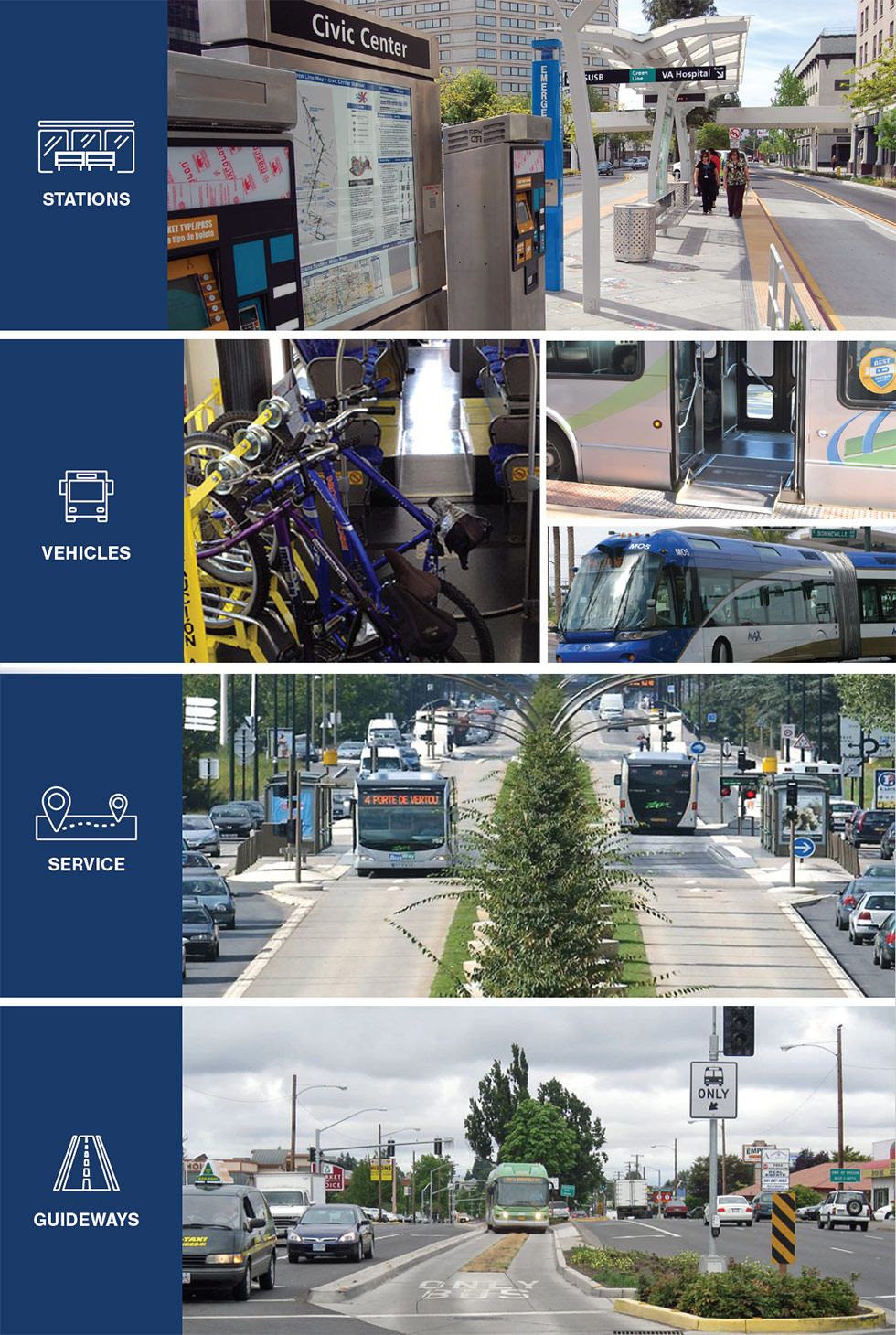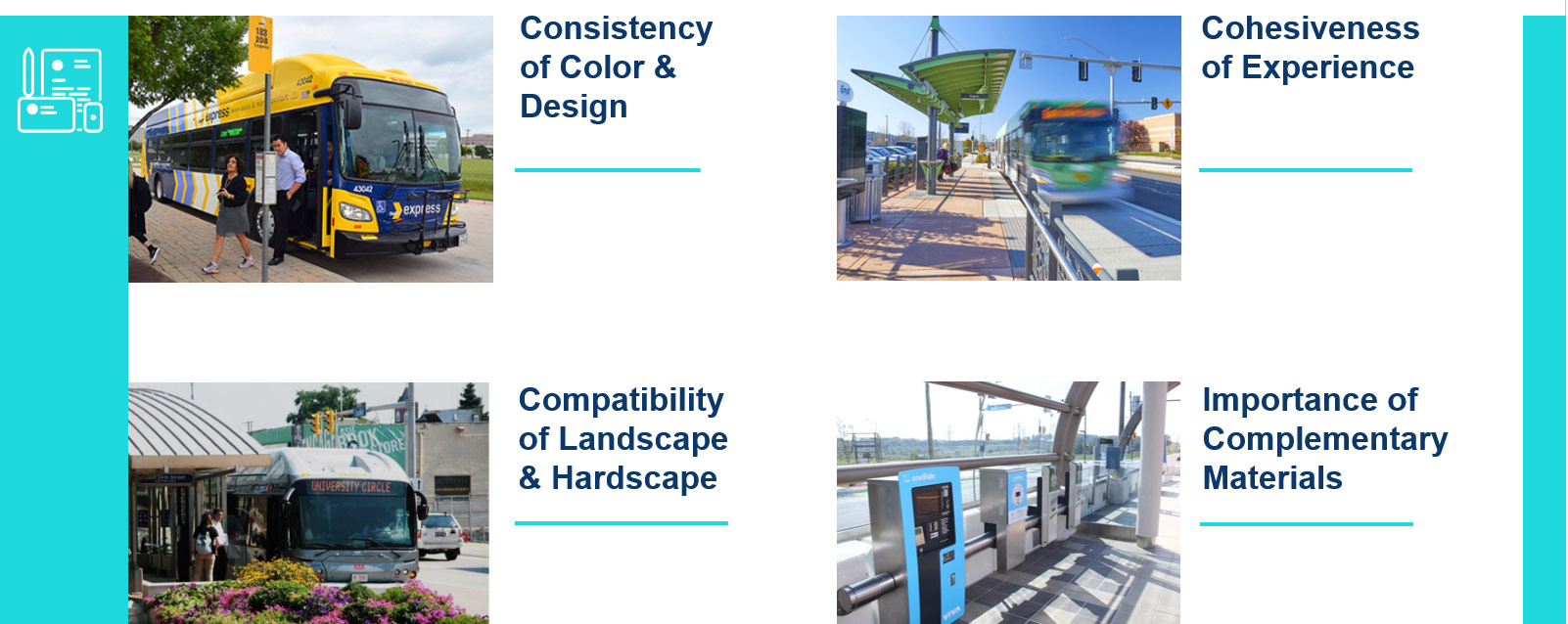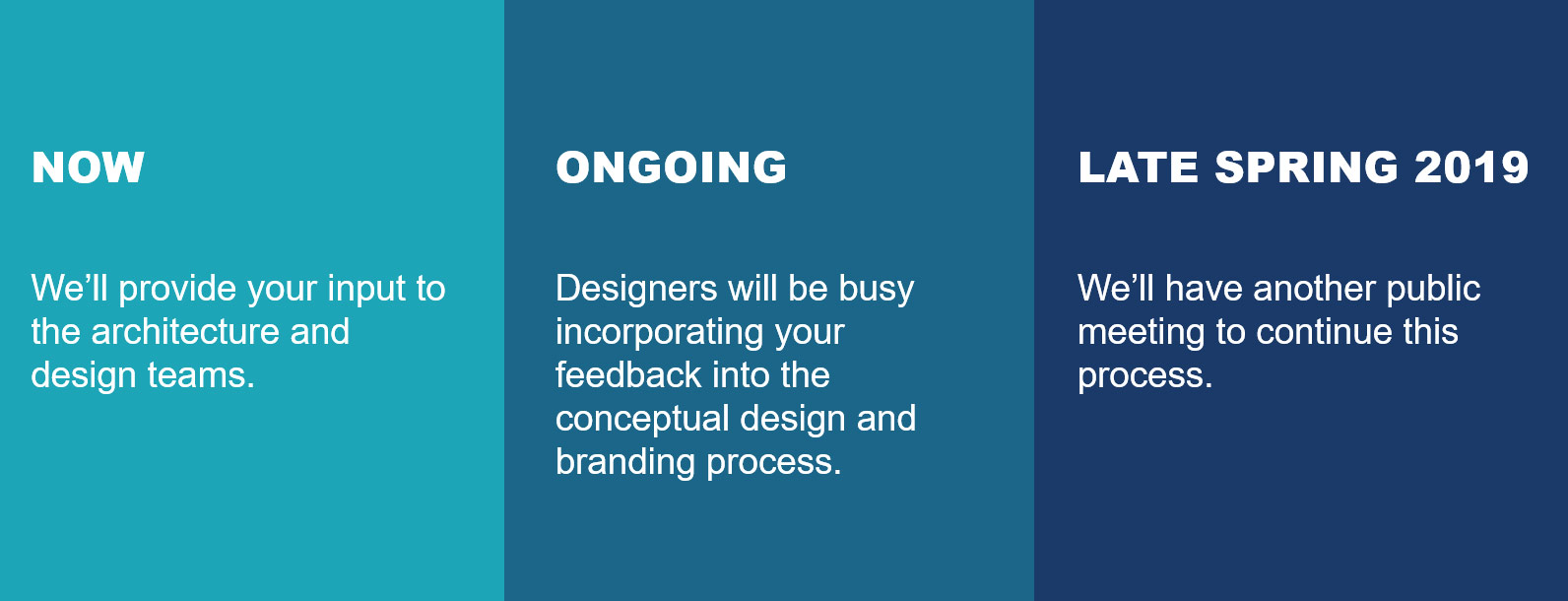
Lowcountry Rapid Transit
Online Meeting
Welcome
Thank you for joining our online meeting! The Lowcountry Rapid Transit Project is modern transportation to transform our region.

Click on the image to enlarge.
To navigate the online meeting:
- Click on the arrows to the right of your screen.
- Use the navigation bar at the left of your screen to revisit any part of the meeting.
The entire session should take no more than 15 minutes to complete.
Thank you for your participation.
Overview
The Lowcountry Rapid Transit project is a proposed 23-mile bus rapid transit system between Charleston, North Charleston and Summerville that would provide reliable travel, connect communities, and energize economic opportunities along the corridor.
This proposed project would bring:
- A network of possibilities
- High-frequency and improved mobility
- Transportation technology advancements
- Environmentally conscious transit systems and station amenities
- Connected communities
History

Click on the image to enlarge.
In response to rapid growth in the Lowcountry’s population and economy, Berkeley-Charleston-Dorchester Council of Governments commissioned a 15-month analysis to identify a viable solution to reduce traffic congestion and improve mobility in the region. The 2015 I-26ALT study concluded that a bus rapid transit system along the Highway 52 and Highway 78 Corridor, running parallel to I-26, was the preferred transit alternative to move forward into project development. As the administrator and planner for the region’s public transit, BCDCOG will lead this effort and oversee the planning, construction and implementation of the project.
Where We Are Today?
 Click on the image to enlarge.
Click on the image to enlarge.
Our region’s population is growing at three times the national average, and we can’t continue to build our way out of congestion problems. We must pursue other ways to address traffic problems other than expanding our roadways. In 2016, Charleston County voters passed a ½ cent sales tax referendum to fund specific transportation projects, including the bus rapid transit project.
Proposed Corridor
 Click on the image to enlarge.
Click on the image to enlarge.
Proposed station locations, as well as start and end points, were identified by the i26ALT study and will continue to be evaluated and refined by the project team.
Existing conditions evaluation underway to present alignment options to the public for comment at our next public meetings.
Why Bus Rapid Transit?
 Click on the image to enlarge.
Click on the image to enlarge.
A bus rapid transit system is different from regular bus services in many ways. While a typical bus will drive in the same lanes as other cars, a bus rapid transit system operates in exclusive, dedicated lanes similar to light rail. The BRT system also involves infrastructure improvements that improve operations and mobility including traffic signal prioritization, Intelligent Transportation Systems (ITS) and bike/pedestrian improvements. This reduces the amount of time passengers will spend waiting in traffic which provides passengers a more frequent and reliable service.
The BRT system typically operates with stops about every half‐mile, running every 10 to 15 minutes and serving both local and regional riders. The BRT system can travel in dedicated lanes or mixed traffic and often use signal priority systems to reduce delays from traffic congestion. In typical BRT systems, passengers wait at higher‐quality stations with shelters and pay before they board using ticket machines at the station. These qualities add up to an efficient, reliable, frequent and convenient transit service that meets the needs of many types of travelers.
Check out the BRT 101 video on the next page for a closer look at bus rapid transit, the benefits and advancements of the system type, and frequently asked questions.
Bus Rapid Transit 101
Features & Projected Usage
 Click on the image to enlarge.
Click on the image to enlarge.
Lowcountry Rapid Transit would benefit the community in several ways, primarily by providing a modern and reliable transportation for the region. Other benefits include:
- Increased connectivity between communities to bolster opportunities for residents and businesses;
- Greater options for employment and affordable housing;
- Access to community resources like recreation, grocery stores, hospitals and schools; and
- Safe, reliable, equitable and accessible transit options for all members of the community.
Schedule
 Click on the image to enlarge.
Click on the image to enlarge.
Starting in 2019, a two-year federally-mandated environmental review of the entire alignment will be conducted under the National Environmental Policy Act (NEPA). The NEPA process is a framework required for infrastructure projects to ensure the public is informed and involved in all environmental considerations and the decision-making process. The NEPA process allows the project team to learn as much as possible about the local area and communities in order to reach a decision that best meets the needs of the community and minimizes or avoids impacts to the environment and communities.
While the NEPA process is time intensive, the project team and project advocates understand how to engage and work with local leaders and stakeholders to advance the process, as shown in the figure below. Preliminary engineering needed to refine the work scope and schedule – and identify opportunities to expedite the overall process – will be simultaneously undertaken.
The Federal Transit Administration (FTA) will serve as the lead agency for the project and will oversee the NEPA environmental review process.
A more detailed project schedule can be found on the project website About page.
Corridor Elements
 Click on the image to enlarge.
Click on the image to enlarge.
In addition to providing a dependable transportation alternative for our community, our rapid transit system needs to fit into the character of our area and its historical past.
We also need a system that reflects what makes our communities special and the values that we want to celebrate.
So, how do we do that? Through careful treatment of the visual details, the things that we will interact with as we ride to and from home, work, school, appointments, shopping or to attend special events.
Things like:
- The signs that tell us how to get to places;
- The screens and canopies that protect us from wind and weather while we are on the station platform;
- The landscape and paving patterns on walkways and the platform;
- The color and materials of the railings and fences;
- And the type of lighting we use.
All of these elements work together to create a great travel experience that is safe, cohesive and comfortable.
Corridor Design
 Click on the image to enlarge.
Click on the image to enlarge.
Let’s look at a few examples of cohesive corridor aesthetics.
What is noticeable is the clear visual linkage – the similarity of treatment between the stations, the directional signs and the vehicle itself. For example, the design and coloring of the directional signs match the exterior of the BRT bus. This kind of clarity, simplicity and consistency provides a timeless, orderly and user-friendly environment.
Consistent design helps people using the system to easily find their way from the beginning to the end of each trip. Riders can find things at the same place at each station making an easy and comfortable experience. A well-designed system will be appropriate to its time, fit well within the context of the communities that it serves, and have a predictable, consistent design that stitches through the whole system.
Common Questions
For more FAQs, please visit the website at http://lowcountryrapidtransit.com/resources.html
Your Input
There are many examples of how well designed BRT systems are designed and how they reflect and celebrate the community that it serves. Each of these systems have incorporated a cohesive family of elements resulting in a recognizable brand that will deliver a great passenger experience.
So, what is a brand? A brand is a recognizable identity, it symbolizes the commitment we make, the experience and value we deliver and the image we project to the world.
So, what should our system brand be? It is your turn to answer that question!
Scroll down to view the survey questions. Please take the time to answer thoughtfully. Your input will help us complete the design and branding of Lowcountry Rapid Transit system.
Your feedback today will influence how we advance a system brand and the design aesthetics for the Lowcountry.
What makes this region unique and how do we want to celebrate that? Leave 1-3 words in the spaces below to provide input in the vision for the system.
The feedback collection period has closed
Thank you for your feedback! Together, we are building our transit future.
Next Steps
 Click on the image to enlarge.
Click on the image to enlarge.
Survey results will be provided to project designers and the architect group. In the next few months, they will draw inspiration from your feedback and incorporate it into the design and branding process for the BRT. We will hold a public meeting in Spring 2019 to share our progress and to get your thoughts on how we are doing, so stay tuned for the details on that meeting.
Connect
www.lowcountryrapidtransit.com
info@lowcountryrapidtransit.com
Sharon Hollis
BCDCOG Project Manager
@LowcountryRapidTransit

